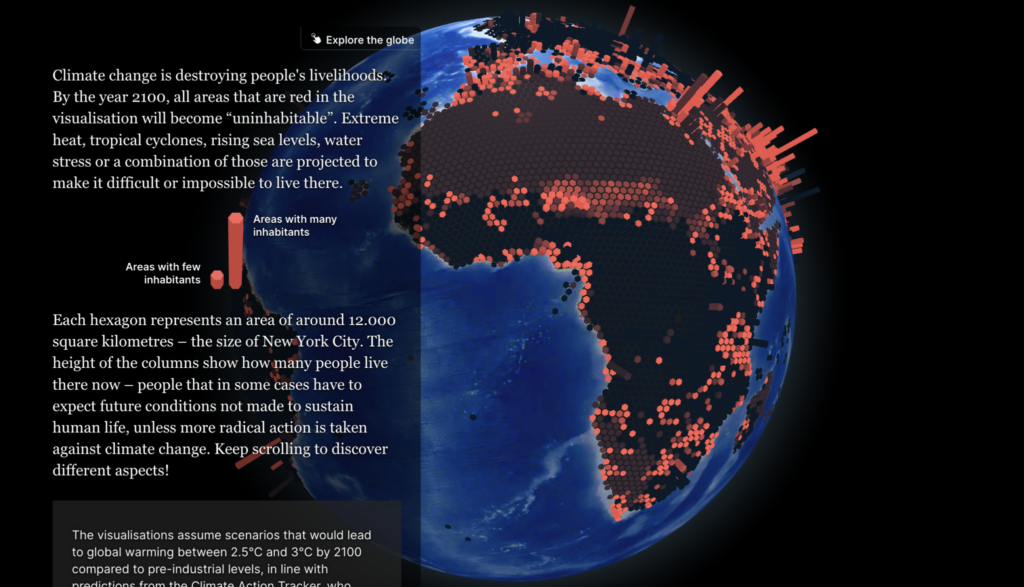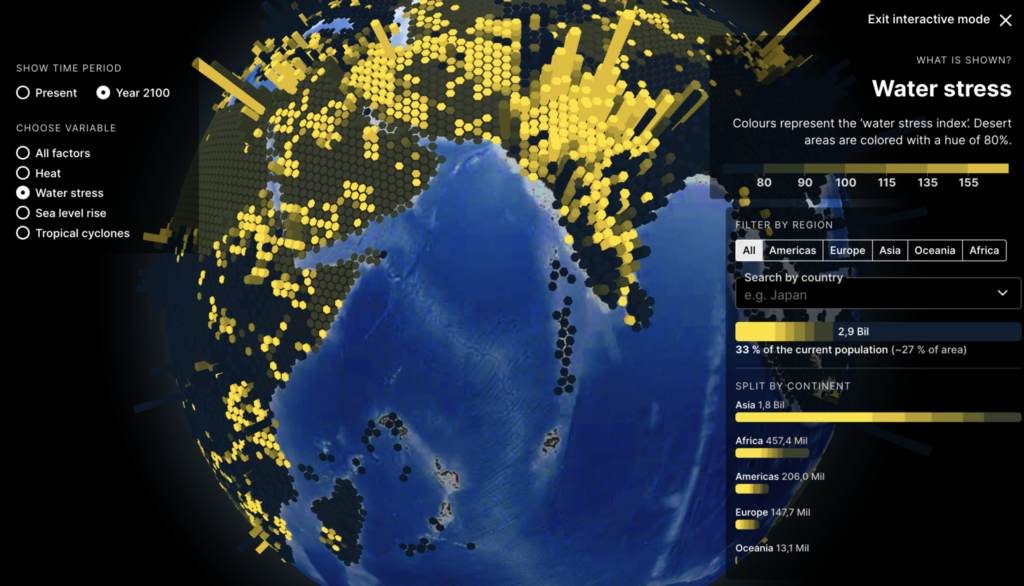Individuals who act in self-interest, Hardin argued, is what will lead to the decline of the commons (Schlottmann, et al., 213). These individuals make up a group of people called the public who share a common resource or space known as the commons. The state organizes the public through officials with the purpose of protecting the shared interest of the members (Dewey 33). We cannot deny the fact that the state is still made up of individuals, who will be tempted to act for their own gain. For this, the commons will result in tragedy due to individuals acting in self-interest through the disguise of the state.
The power that individuals have through the state is more dangerous to the commons by instilling their facts as laws or truths for the public. Individuals alter facts for their own interests and advances or through their personal biases (Dewey 7). Data is often determined as the source of truth, but what if that source is not truthful. It has been tested that algorithms have been influenced as a reflection of biases in the data. The bias in policing is skewing the data towards predicting that black defendants will comment a violent offense more often than white (Toomy and Sweeny). We can see that the data can be alter by individuals and in turn changed to facts. If individuals with power can bend the data to conform what fits their needs or beliefs, then these “facts” risk becoming the “truths” for the public.
It is important to contemplate the purpose of individuals acting in their self-interest. It could perhaps be personal interests and gains, like monetary or status gains. We can see this example through Hardin’s simple example of adding more cattle to the pasture. But it may also be more complex and deeply rooted and therefore, other considerations including historical, sociological, anthropological, psychological, and philosophical contexts must be considered.
Individuals at the state level will work to enforce their self-interests for multiple reasons including cultural and beliefs. Van Vugt said that humans have a strong sense of social belonging, and the strength of their social identity shows how much they are willing to help their group and when people have a strong tie to their group, they are more concern about their reputation (Schlottmann, et al., 245). Individuals of the state act in their self-interest to uphold their reputation. For example, we can often see politicians pushing agendas that support their groups beliefs. Whether it is right or wrong, perhaps individuals fear ridicule or ostracization from the only community they have known. Individuals come from vastly different cultural and societal belief system. As the management of the commons grows to encompass the world, this only becomes more complex.
Differing cultural beliefs and personal interests make it challenging to foster successful cooperation when managing the commons. If successful cooperation, is what will help the commons, where does that leave us with different ideas on how to management the commons, let alone different cultural and social foundations. This can make it difficult for two different communities, or countries to come together to determine how to manage data and the future of technology. Furthermore, when communities that at this moment are left out, for example a rural community, or an older population, how do we ensure that their interest, and views are represented and protected for the future?
And through this, we must bear the question, at what cost do we regulate the digital commons? Will it protect, or will it cause harm as individuals act in self-interest through the state. For example, if OpenAI is regulated like how some countries have chosen to regulate social medias, this can risk that individuals at a state level can determine what is fact for the public to consume. Or it is also possible that managing the commons will protect the data of the public, so organizations are unable to take advantage. The managing of the digital commons seems to be marked by a fine line and has a slippery slope.
Although the future of the commons remains bleak, that doesn’t t mean we shouldn’t attempt to work towards common goals and rethink the current way of managing the digital commons.
As globalization accelerates, it becomes harder to regulate the commons in ways that use to work (Schlottmann, et al., 235-238). It is important to evolve with the changing times. What worked in the past of farmers managing land may not work as new technologies come out and times change. We must rethink our historical approaches because the only thing that remains constant is change. We must evolve our practices and what we deem as a solution. The commons are a dynamic space that changes with technology and globalization.
As technology and globalization bring the world closer together, individuals of the state must work with cooperation within their framework and with other governments. Ostrom states that management of the commons depends on the cooperation of appropriate international institutions and national, regional, and local institutions (Schlottmann, et al., 214). But they must also come from a place of understanding that the public is made up of individuals from differing cultures and beliefs.
Lastly, an interdisciplinary approach of PIT must build the framework within the state and its agencies to ensure a wholistic approach is deployed for the management of the digital commons. Hardin notes that solutions outside of technical solutions should be considered because technical solutions do not change human values or ideas (Schlottmann, et al., 202). By using an interdisciplinary approach, we can work to minimize the tragedy of the digital commons by understanding historical, psychological, philosophical and socioeconomics context of the public.




